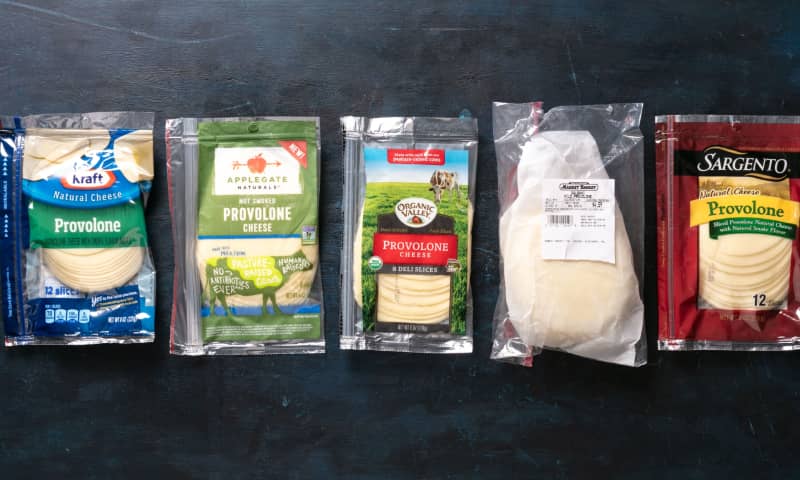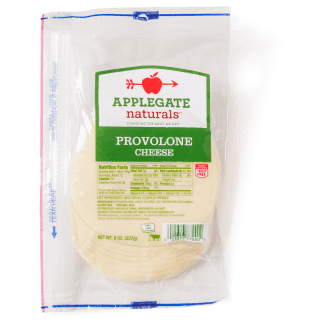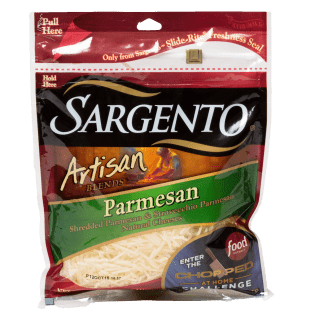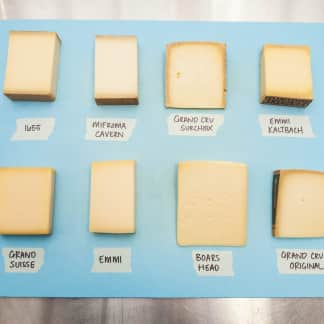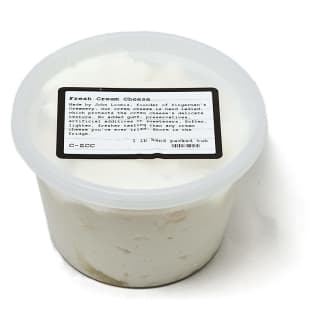Provolone is unfairly regarded as the middle child of Italian cheeses: neither as punchy and popular as Parmigiano-Reggiano nor as mild and well selling as mozzarella. Yet provolone is a staple of American, Italian, and South American cooking. Iconic sandwiches such as the Philadelphia cheesesteak and the New Orleans muffuletta would be incomplete without slices of this aged cow’s-milk cheese; it’s equally at home in pasta salads, stromboli, cheese bread, and even quesadillas.
Two Types Of Provolone: Dolce And Piccante
Most of us know provolone as a young, slightly soft cheese that is very mild in flavor, but aged provolone can be sharp, almost bitter, and have a crumbly, semihard texture. In Italy, the former is known as provolone dolce (“sweet” provolone) and aged for less than four months, while the latter is called provolone piccante (“spicy” provolone) and aged for up to three years. Provolone dolce and provolone piccante also differ in the type of enzymes used in the beginning of cheese making to separate the curds from the whey—typically, dolce uses calf lipase (mild), while piccante uses goat lipase (gamy and pungent), and many American manufacturers opt for nonanimal enzymes to make a vegetarian-friendly cheese, which can vary in intensity of flavor depending on the source of the vegetarian enzymes, among other factors.
What makes all provolone similar, however, is the way it’s produced. Cow’s milk is heated with cultures and enzymes until the curds separate from the whey. The curds are strained, salted, and then plunged into hot water to make them flexible. Once removed from the water, they are stretched until they become smooth and elastic, a process known as pasta filata. If the method sounds similar to the way mozzarella is made, that’s because it is. However, unlike mozzarella, provolone contains added enzymes for flavor and is aged (plus, it’s always made from cow’s milk, while traditional mozzarella is made from buffalo’s milk).
Walk into a specialty cheese shop or an Italian deli and you may see provolone aging in the traditional way: hung from the ceiling, much like prosciutto and other cured meats. The ropes used to secure the provolone eventually give the cheese a characteristic bell-like shape. However, the provolone sold at most supermarkets rarely resembles its traditional counterpart: You buy it in shrink-wrapped wedges, presliced in packages, or cut to order at the deli counter. In fact, we tried provolone piccante and provolone dolce, both imported from Italy, and they were far different from their American counterpart in flavor, texture, and appearance (see “American Provolone versus Italian: What’s the Difference?”). Ultimately, we’d describe American provolone as a mild deli cheese fit for sandwiches and cooking, while Italian provolone is sharper and best suited to a cheese plate.

Tasting Sliced Provolone
For this tasting, we focused on sliced domestic provolone (either packaged or from the deli) since we use slices more often than wedges in our recipes. We chose six products from top-selling, nationally available cheese brands—five packaged presliced and one that we had sliced at the deli—priced from $0.38 to $1.15 per ounce. We started by tasting the cheeses plain and in stromboli.
Tasters were able to identify clear differences when they tried the cheeses plain, but those differences became hard to notice once we melted the cheeses in stromboli, which was bready and included lots of boldly flavored salami. To home in on how the provolones behaved when melted, we added a third tasting, in which we tasted them in simple cheese quesadillas.

A Mild Mannered Favorite
While Italian provolone can be extremely diverse in texture and flavor, differences among the cheeses in our lineup were minimal. It was clear that American sliced provolone is a distinct variety and that it’s fairly consistent in its mild flavor and soft texture regardless of brand.
Our favorite cheeses balanced mellow, milky flavor with just a hint of sharpness and had subtle nutty, earthy, and savory notes that added complexity.
Ultimately, we can recommend every cheese in our lineup; they were all smooth and pliable in texture—perfect for layering onto sandwiches—and melted easily. While they varied a bit in flavor, none tasted bad.
Our favorite cheeses balanced mellow, milky flavor with just a hint of sharpness and had subtle nutty, earthy, and savory notes that added complexity. We looked at ingredient labels to see what set these products apart. All the cheeses had the same amount of fat (5 grams per serving) and similar ingredients. Two of the cheeses had “natural smoke flavor” added—presumably for complexity—but it was so subtle that many tasters didn’t even pick up on it. Those who did were split—some liked the slight smokiness, while others preferred a more neutral-tasting provolone.
Two Components To Flavor: Age And Salt
Instead, we found that good flavor is a function of age and salt. Not all the manufacturers would tell us how long they age their provolone, but among those that did, it ranged from two weeks to longer than two months. The product that was aged for only two weeks drifted to the bottom of our rankings; tasters thought it was very mild, bordering on bland. Provolones that ranked higher were aged for two months.
Our favorite cheeses also had more sodium, which helped amp up their flavor. Sodium ranged from 105 to 190 milligrams per 21-gram serving. The cheese with the least sodium was overly mild despite having been aged for two months. Our top-ranked cheese had the most salt of all.
Though any of the cheeses in our lineup will work just fine, our favorite was Organic Valley Provolone Cheese Slices ($6.89 for 6 ounces). This provolone had a balanced, mild flavor that adapted well to recipes, plus a hint of savory saltiness for added complexity.
- Plenty of salt; winner had 190 milligrams of sodium per 21-gram serving
- Aged for two months
- Mild flavor with just a hint of sharpness
- Taste plain
- Taste in Broccoli Rabe and Salami Stromboli (omitting broccoli rabe)
- Taste in simple quesadillas
